
views
- Navigate to the "Security" tab of your Safari Preferences to ensure the box next to "Enable JavaScript" is checked.
- Find "Site Settings" under the "Privacy and Security" tab of your Chrome Settings to enable JavaScript.
- Firefox enables JavaScript by default. If it is disabled, you may have an extension that is blocking it.
Using Safari

Open Safari on your Mac. It's the blue, white, and red compass icon on the Dock. The Dock is usually at the bottom of the screen.

Click the Safari menu. It's in the menu bar near the top-left corner of the screen.
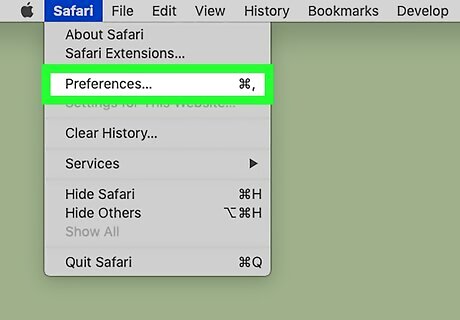
Click Preferences on the menu. This opens the Preferences panel.
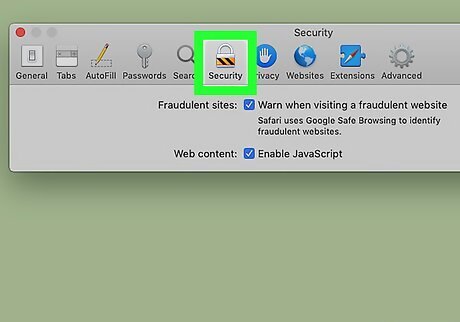
Click the Security tab. It's the padlock icon near the top of the window.
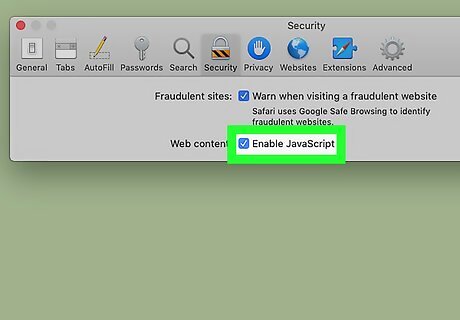
Check the box next to "Enable JavaScript." It's in the "Web content" section. As long as this box is checked, Safari will allow websites to display JavaScript elements, such as buttons, forms, and certain visual elements. If you're using a browser plugin that blocks JavaScript from running on one or more websites, you'll usually need to disable it. You can do so on the Preferences panel by clicking Websites and de-selecting the plugin name.
Using Google Chrome
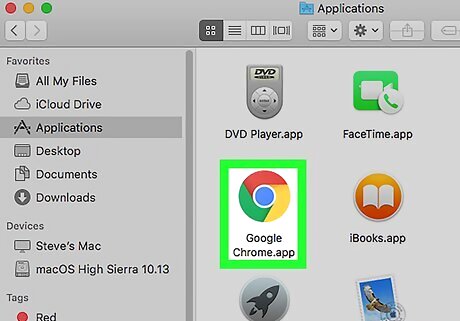
Open Chrome on your Mac. You'll usually find it in the Applications folder and/or on the Launchpad. JavaScript is allowed by default in Chrome. You shouldn't have to manually enable it unless you've turned it off.

Click the ⁝ menu. It's near the top-right corner of Chrome.
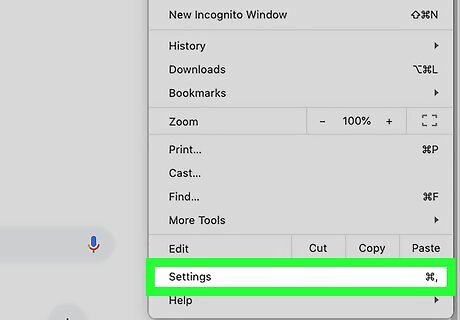
Click Settings on the menu. It's toward the bottom. This opens the Settings page.
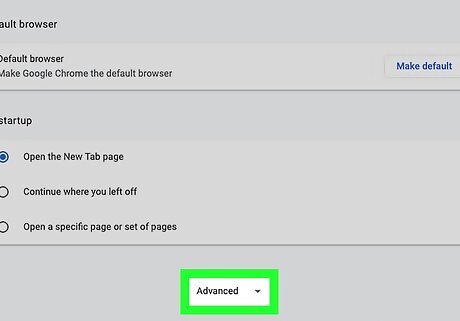
Scroll down and click Advanced. It's at the bottom of the page.
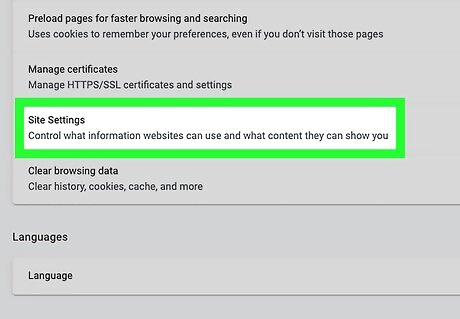
Scroll down and click Site Settings. It's under the "Privacy and security" header about halfway down the page.
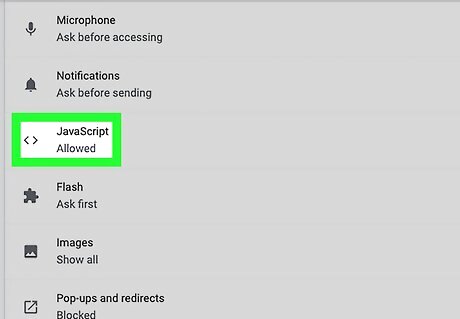
Click JavaScript. It's pretty close to the top of the options list. If you see the word "Allowed" right below "JavaScript," JavaScript is already enabled. If JavaScript isn't working despite being enabled, it's likely due to a security extension you've installed on Chrome. Click the ⁝ menu, click More Tools, and then Extensions. Toggle off any extensions you don't want to use.
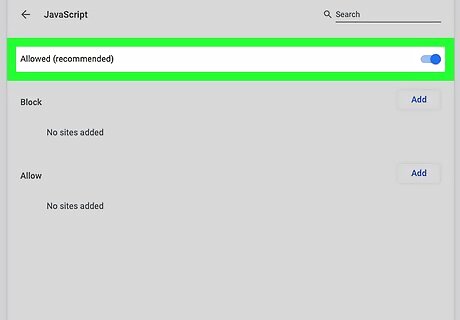
Slide the "Allowed" switch to the On Android 7 Switch On position. As long as this switch is enabled, Chrome will allow websites to display JavaScript elements, such as buttons, forms, and certain visual elements. Chrome lets you manually disable JavaScript by website. If you manually disabled JavaScript on a certain site and want to re-enable it, you can do so under the "Blocked" header. Click the ⁝ menu next to the site's name and click Remove.
Using Mozilla Firefox
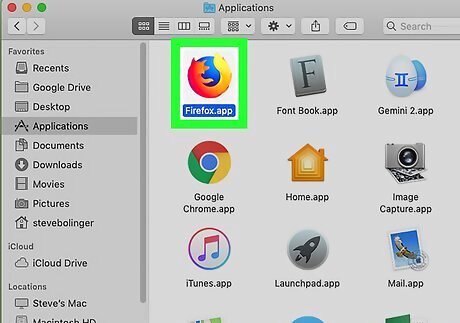
Open Firefox on your Mac. You'll usually find it in the Applications folder and/or on the Launchpad. JavaScript is enabled by default in Firefox. There's no way to disable it in your general Firefox options, so it's unlikely that you'll need to turn it on unless you've manually edited the about:config page. If you've installed a privacy extension like Ghostery or NoScript that disables JavaScript, you may need to disable it to use JavaScript. Click the ≡ menu, click Add-ons, and then click Disable next to the extension.
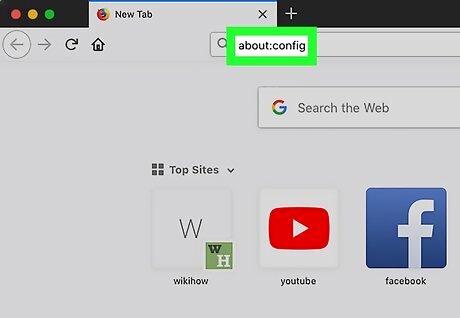
Type about:config into the address bar and press ⏎ Return. You'll usually see a somewhat-scary message that says "This might void your warranty!" This message is just a reminder that you should only edit this file if you have a specific reasons for doing so.
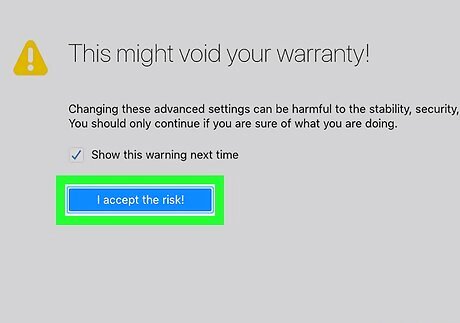
Click I accept the risk!. It's the blue button below the message. This opens a searchable list of settings.
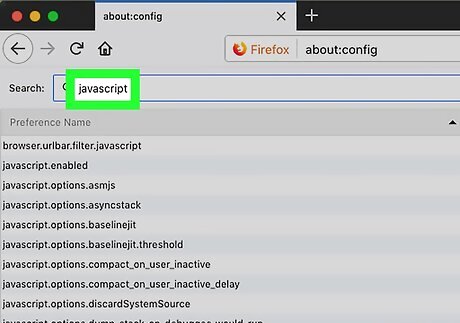
Type javascript into the "Search" bar. It's at the top-left corner of the page. This filters the list to only display settings that include the word "JavaScript." The results appear in three columns: Preference Name, Status, Type, and Value.
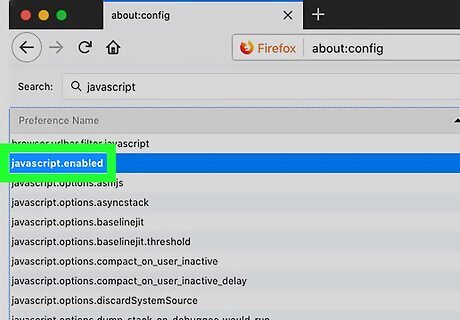
Find the value of the "javascript.enabled" setting. The "javascript.enabled" option should be the first or second option in the list. When you find it, look at the corresponding value of the "Value" column. It will either say "True" or "False." If the Value is set to True: JavaScript is already enabled and there's no need to make any changes. Do not continue with this method. If the Value is set to False: Continue with this method.
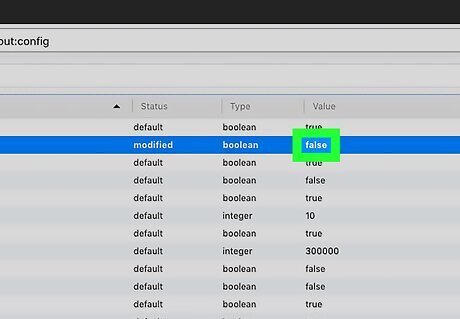
Right-click the False value. A context menu will appear.

Click Toggle. This changes the value from False to True. JavaScript is now enabled in Firefox.


















Comments
0 comment